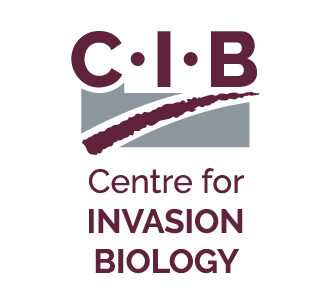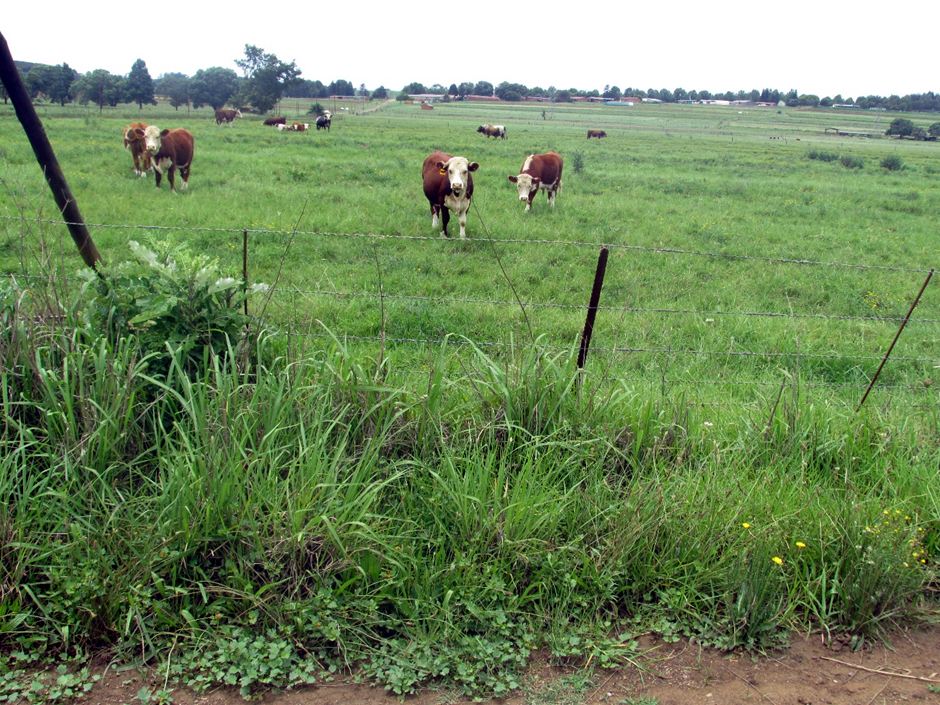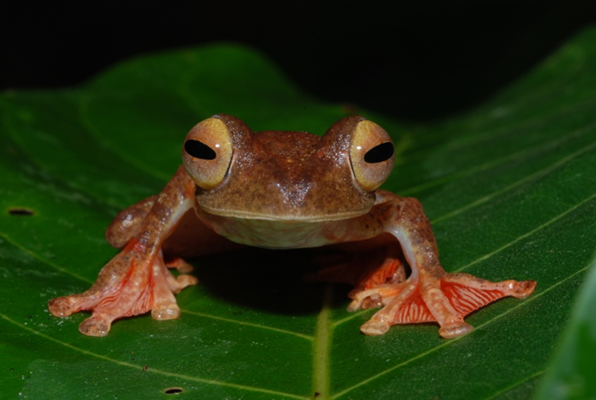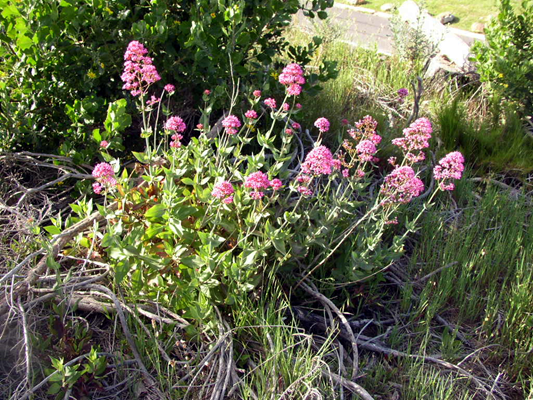We might underestimate impacts of alien grasses in South Africa due to limited data availability
Alien grasses occurring in South Africa have been associated with negative environmental and socio-economic impact across the globe. Some grasses can increase the intensity and frequency of fires due to their large biomass, and many grass species invade areas such as agricultural land leading to reduced crop yield and quality.





